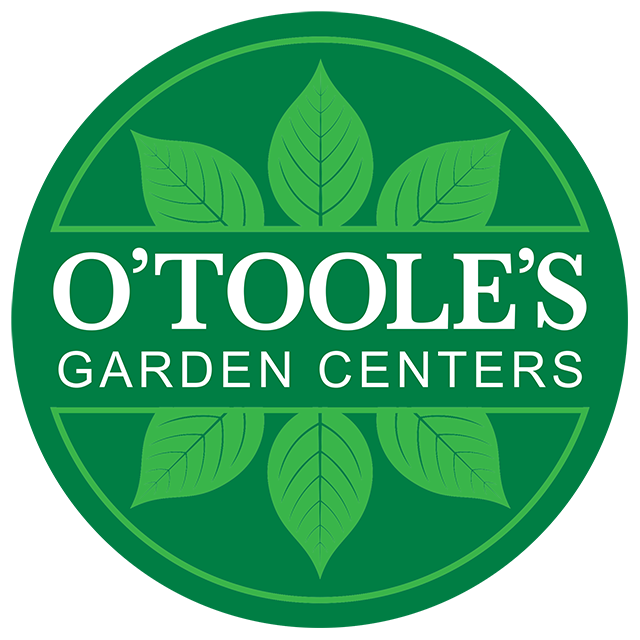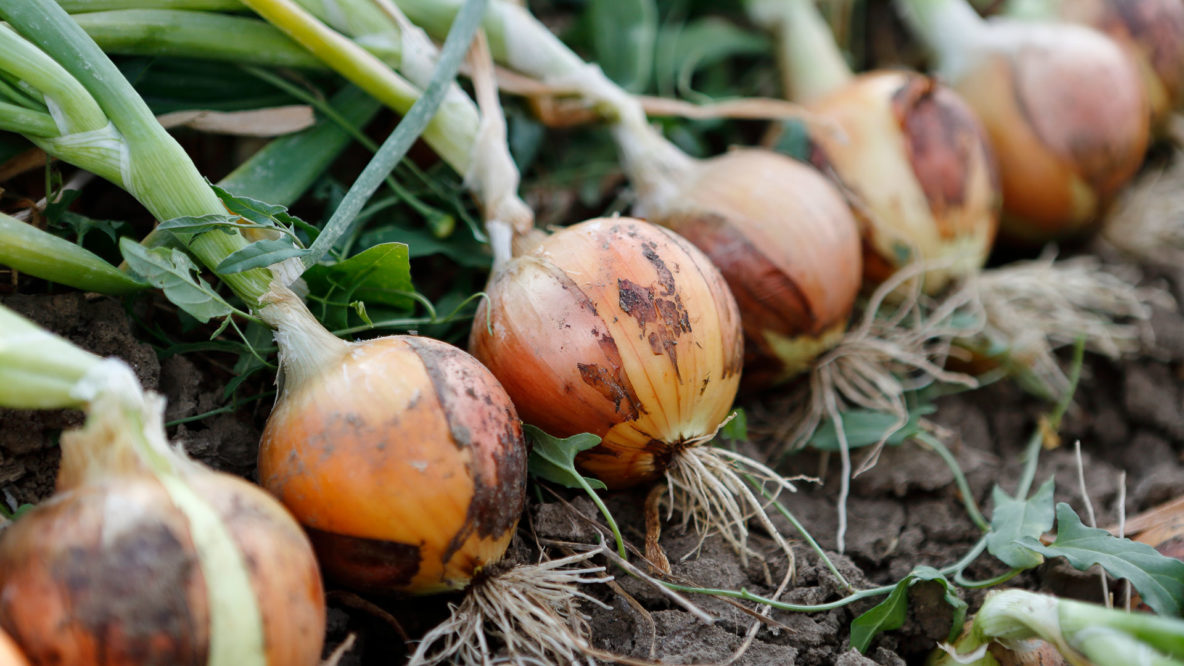As we start to get teasing peaks of spring, you might find yourself eyeing your veggie garden and getting ideas. While the main veggie planting period is still a few months off, there are some great cool season crops you can start right now. If you’re itching to start scratching around in the garden, give these a try!
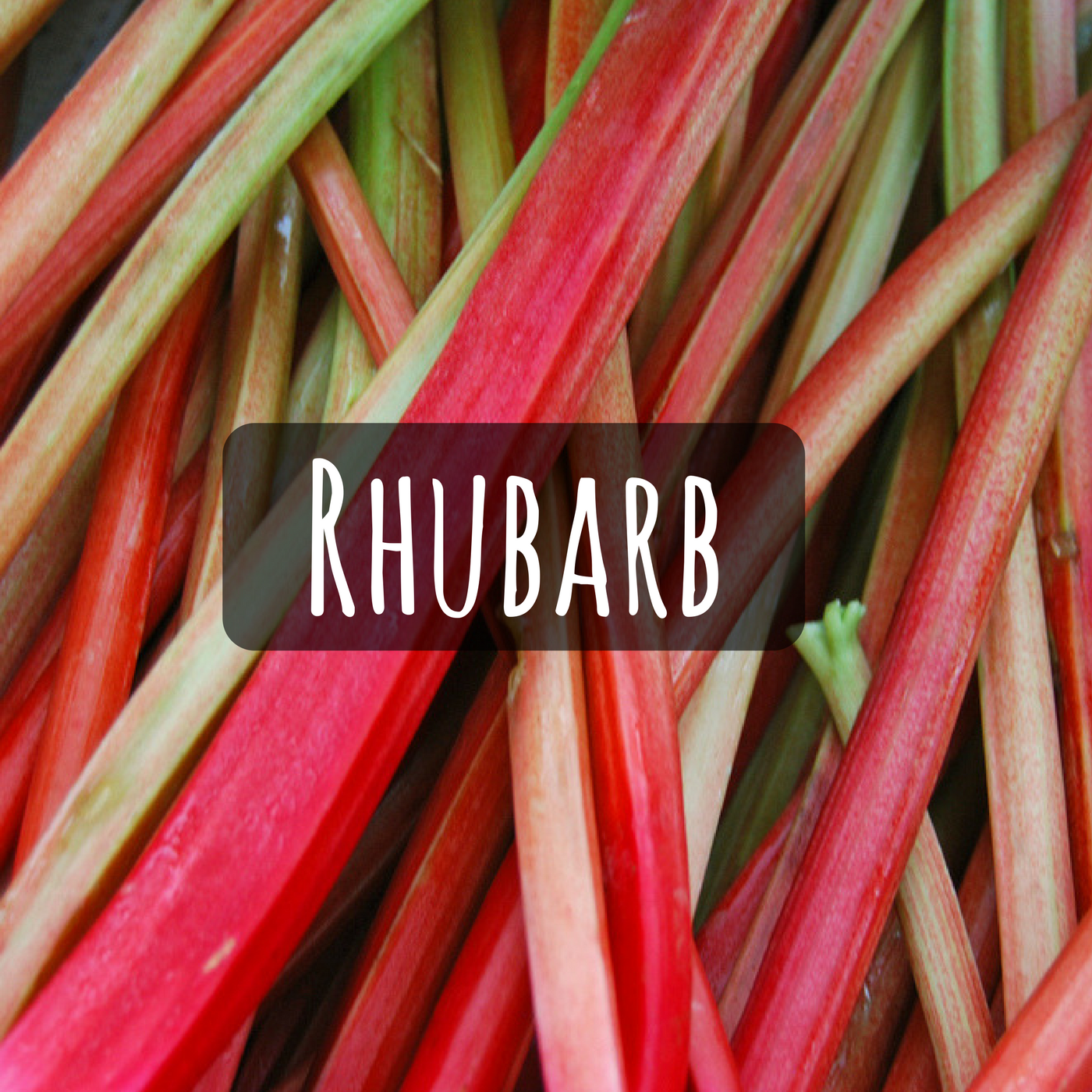
Rhubarb
If tomatoes are fruit we treat as vegetables, then rhubarb is a vegetable we treat as a fruit. It’s the Bizarro Tomato! Rhubarb stalks have a tangy, tart flavor perfect for pies, cakes and deserts (some people compare it to sour apple). Rhubarb is also that rare thing, a perennial vegetable. Plant your crowns as soon as the soil is ready to work and you can look forward to years of rhubarb harvest.
Tip: While rhubarb stalks are delicious, the leaves are considered poisonous to humans. When harvesting your stalks, just clip off the leaves and toss them in your compost pile.
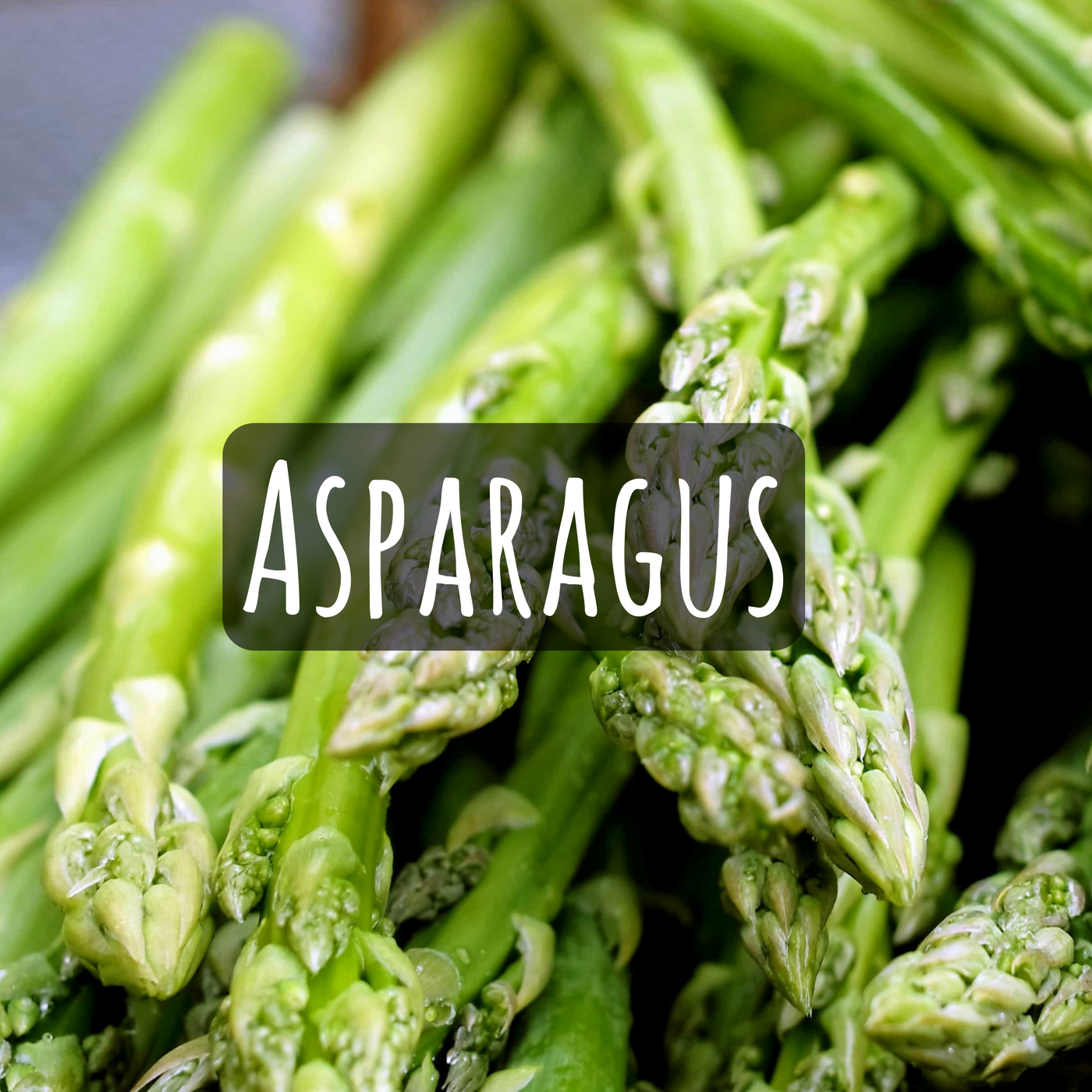
Asparagus
Asparagus is another perennial vegetable that keeps on giving, getting more and more productive as the years go on. Not only that, asparagus is also low in calories and chock full of beneficial vitamins, nutrients and antioxidants. So your mom was right – it is good for you!Tip: Planting asparagus takes a little patience. It can sometimes take several seasons for asparagus to really get established. But it’s worth the wait.Some gardeners we know have had the same asparagus patch for over 20 years!
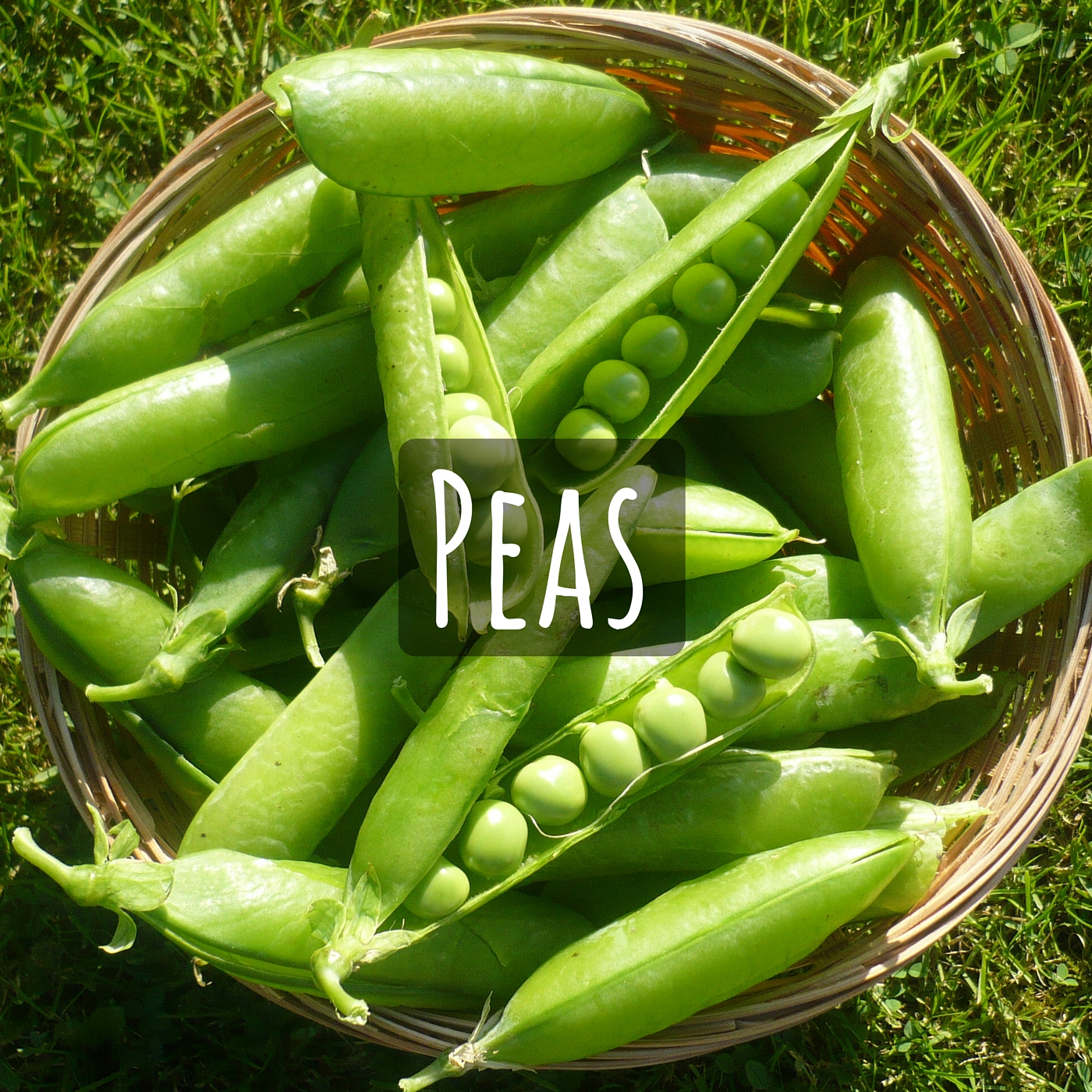
Peas
Peas are easy to grow. In fact, they’re easy-peasy! They’re great for kids because they grow from seed and have a short growing season, showing results quickly. And a handful of homegrown peas picked right off the vine will sway even the pickiest of eaters. Tip: If you’re planting peas for the first time, it’s a good idea to use a "bean inoculant." This is a kind of microorganism, which helps the pea plants "fix" or hold nitrogen in the soil. Just add a bit of the inoculant powder in the hole when you plant your pea seeds to enrich the soil for many seasons to come!
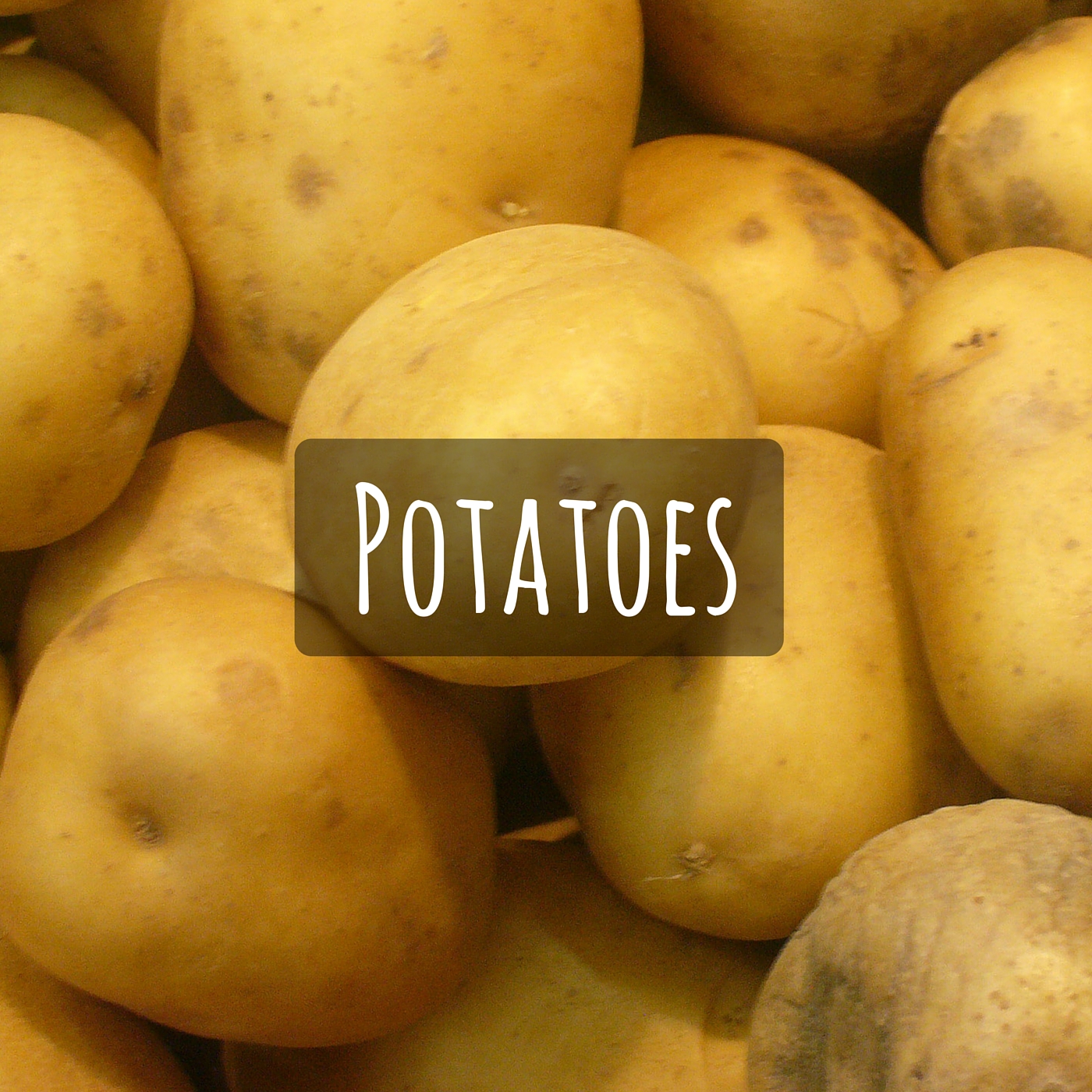
Potatoes
The traditional date for planting potatoes is St. Patrick’s Day, which is appropriate since the potato has been a staple of the Irish diet for centuries. In fact, hundreds of cultures have relied on this humble tuber for sustenance throughout history. But if you’ve only ever had supermarket varieties, you’re missing out on a world of taste. Seed potatoes come in a huge variety of unique and exotic varieties you can’t find anywhere else!Tip: Once you pick out your seed potatoes, cut them into four parts. Each quarter should have at least two eyes. Wait a day or two before planting to allow the cut parts to scab over. This will help them retain moisture and protect against rotting and disease.
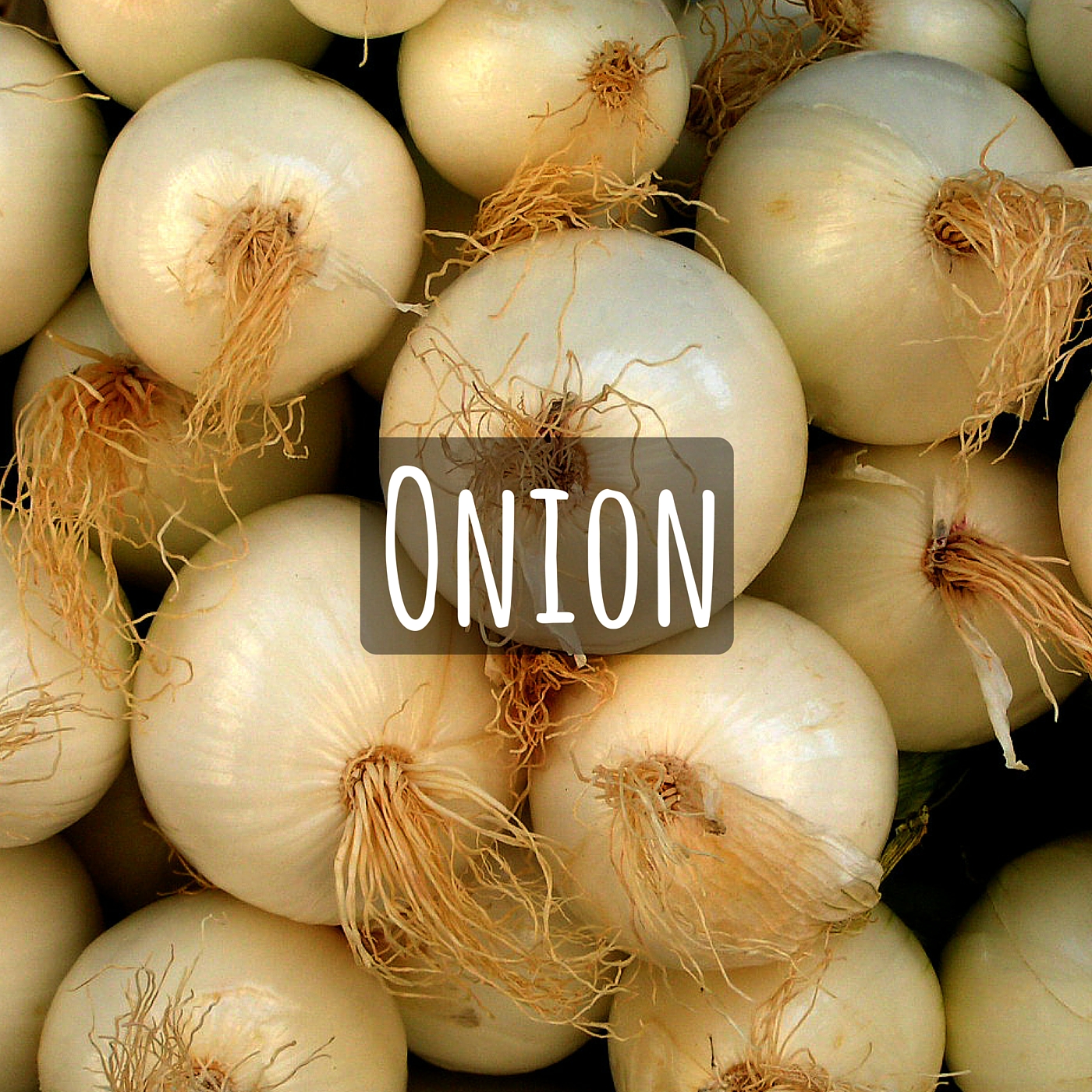
Onions
How many of your favorite recipes begin with an onion? Onions are actually edible bulbs belonging to the allium family, which also includes garlic, scallions, shallots, leeks and chives. One plant family that contributes a lot of spice to our culinary lives! Onions are also one of the hardiest early season veggies around and easy to grow. Tip: Onions start to form bulbs based on how many hours of sunlight they get. They are usually divided into two categories: Long Day and Short Day and sometimes Day Neutral, which are kind of in-between long and short days. Here in Colorado, you should look for Long Day onions because our longer days allow for bigger bulbs.
